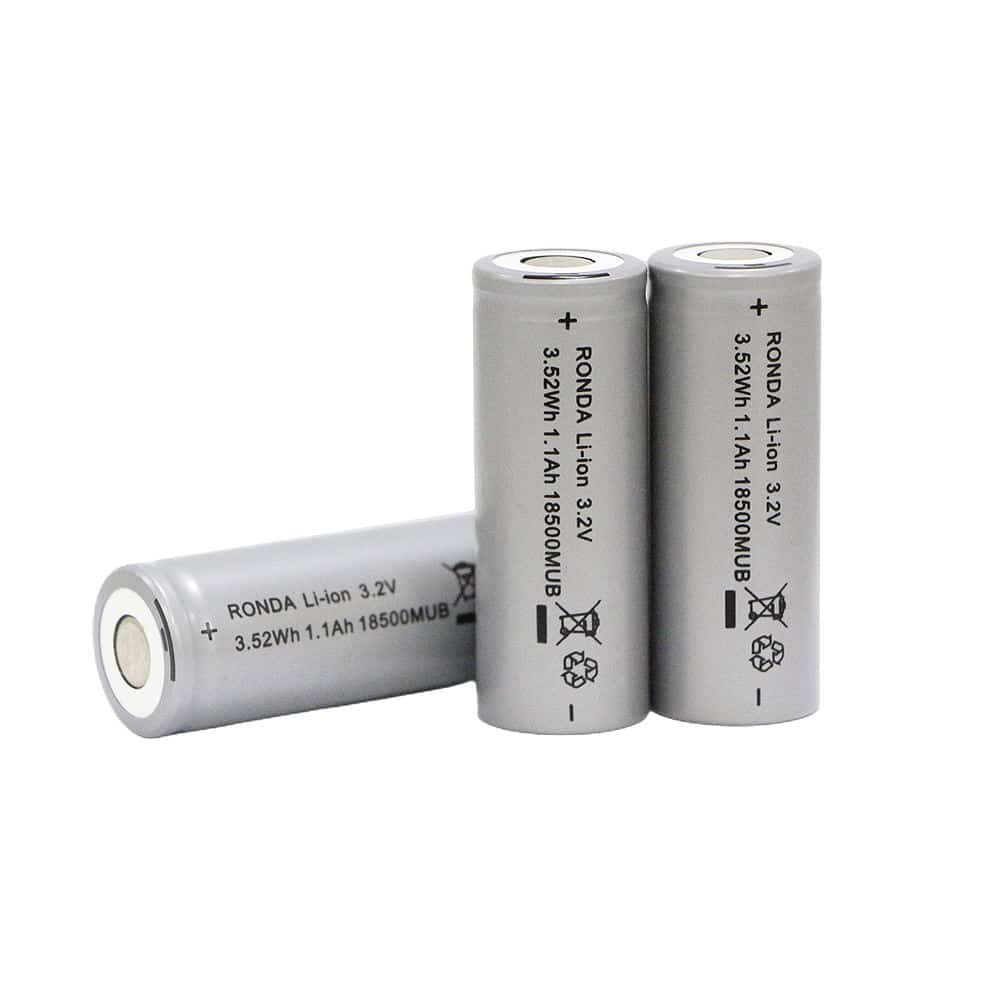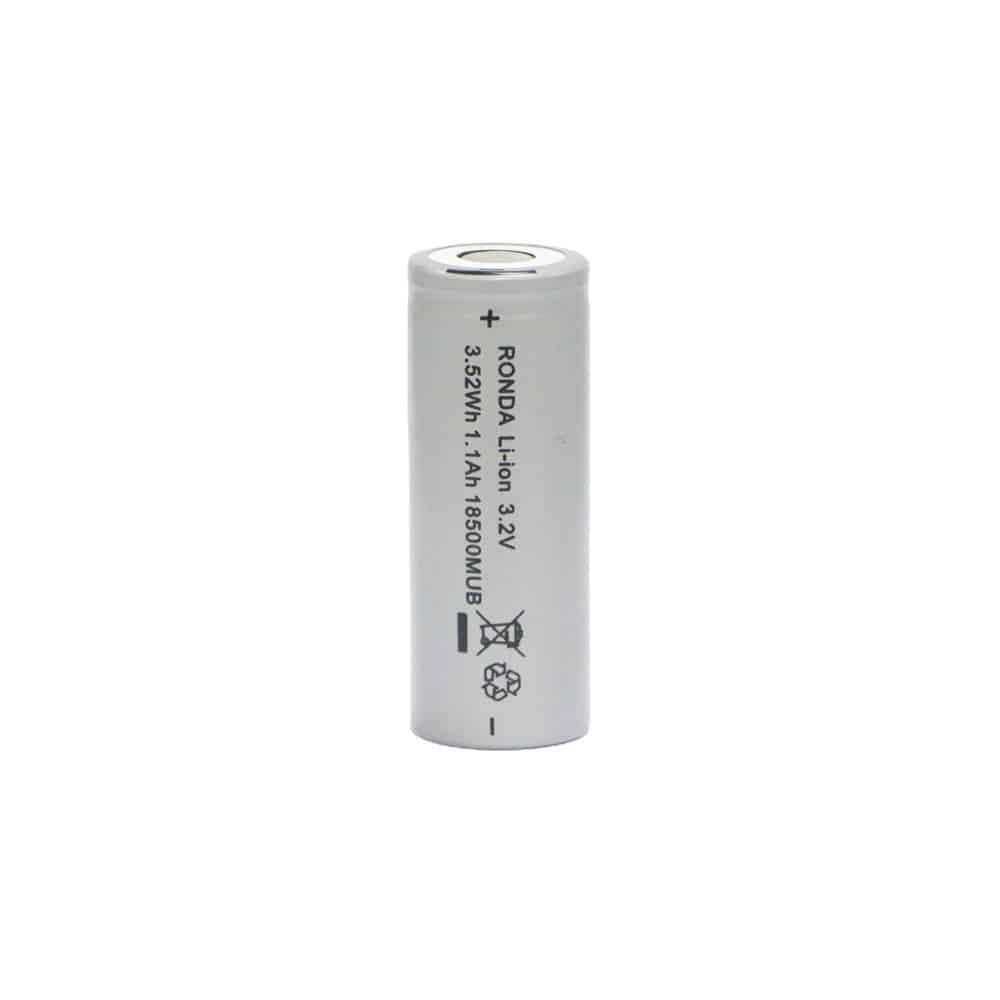Electrochemical performance analysis method for positive electrode materials of lithium-ion batteries
The electrochemical performance of positive electrode materials for lithium-ion batteries mainly includes initial discharge specific capacity, initial charge discharge efficiency, discharge platform capacity ratio, rate performance, cycle life, etc.
For lithium cobalt oxide cathode materials, GB/T23665-2009 specifies the testing methods for the first discharge specific capacity and first charge discharge efficiency of lithium cobalt oxide. The use of half battery testing for these two parameters is detailed in the battery production method and testing process standards. GB/T23366-2009 specifies the testing methods for the capacity ratio and cycle life of lithium cobalt oxide discharge platforms. The testing procedure standards also provide detailed descriptions.

For nickel cobalt manganese lithium positive electrode materials, YS/T798-2012 specifies the testing methods for the first discharge specific capacity, first charge discharge efficiency, platform capacity ratio, and cycle life of nickel cobalt manganese lithium. The standard specifies that the determination of these parameters shall be carried out in accordance with the testing method of lithium cobalt oxide. For lithium iron phosphate cathode materials, GB/T30835-2014 specifies the measurement methods for the first Coulombic efficiency, first reversible specific capacity, and rate performance of lithium iron phosphate. The testing procedure standards also have detailed provisions.
In addition to the above means to analyze the electrochemical performance of cathode materials for lithium ion batteries, the dynamic process of cathode materials can also be characterized by cyclic voltammetry and electrochemical impedance spectroscopy. Wu Jianbo et al. analyzed the dynamic process of lithium manganate powder and thin film electrode by cyclic voltammetry and electrochemical impedance spectroscopy, and found out the main dynamic factors affecting its electrochemical performance.


